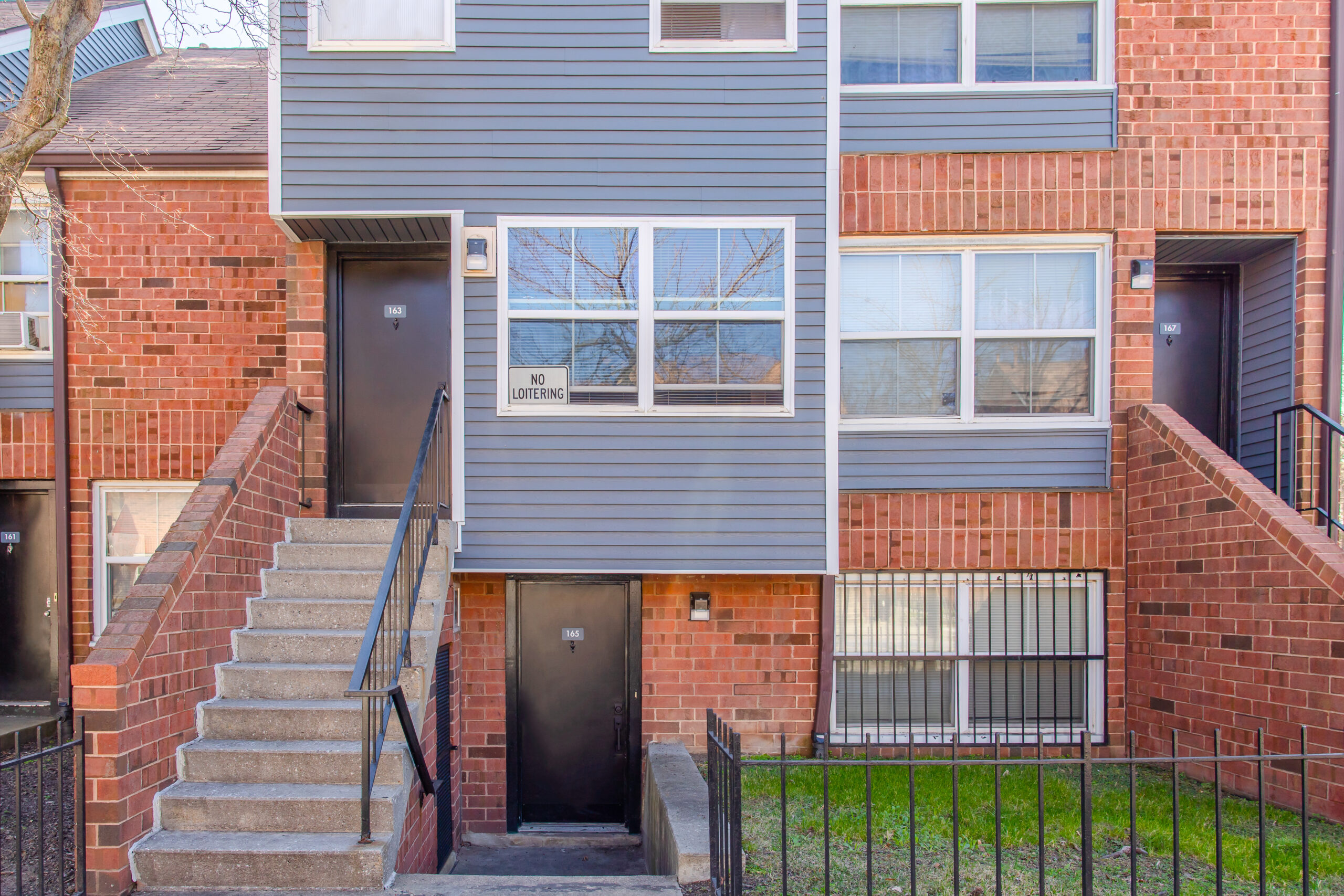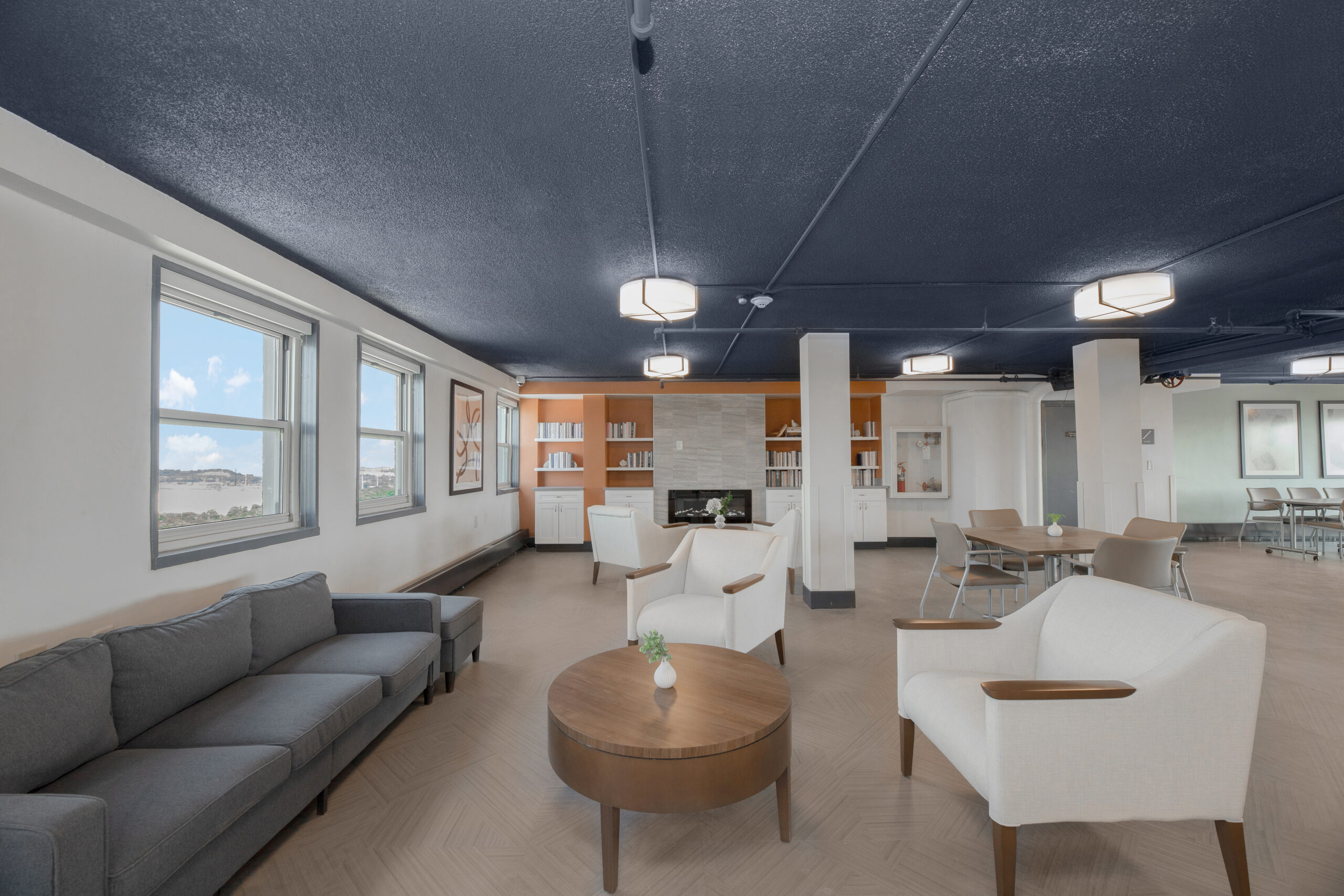
Oct. 2023 – New York, NY – BY MIKE CONSOL WITH JASON BORDAINICK
While investors and developers have long emphasized the need to expand the amount of affordable housing in the United States, a less discussed issue is that obsolescence is reducing the nation’s affordable housing stock, even as investors fund efforts to expand it.
Jason Bordainick, co-founder and managing partner of Hudson Valley Property Group, operates in the affordable housing space and has funneled more than $2 billion of financing commitments into the sorely needed property type.
Why is preserving existing affordable housing properties critical?
The shortage of affordable housing around the country has been well documented, but what often gets lost in those discussions is that we are not only struggling to build new supply, but also actively losing hundreds of thousands of affordable units every year. In many cases this is due to buildings losing their affordability restrictions when regulatory periods expire, but in many other instances it’s due to buildings themselves becoming obsolete.
While it may not earn as many headlines, owner-operators willing to take on preservation efforts to prevent these losses are just as critical to the fight for affordable housing as developers pursuing new construction. There are also clear advantages, as it is much more cost efficient to preserve rather than build — even more so with the present challenges around inflation and high interest rates.
The number of new affordable units delivered each year is relatively small even in the industry’s most successful years. You’re chipping away at a very large-scale problem, and the successful preservation of existing affordable properties often has a much broader impact on that effort.
Have there been any recent policy changes that serve the interests of affordable housing?
Affordable housing is becoming a top issue in U.S. cities, and we’re seeing various policy changes at the local and state level in response. Many localities are creating tax exemptions and other new incentives for both the creation and preservation of affordable units.
Federally, there are many measures that have been proposed and are working their way through the legislative process, such as changes to rental contract regulations that would create additional subsidies per unit. All of these efforts would be instrumental in the fight to create more affordable housing, and we’re looking forward to seeing how they progress in the months and years ahead.
Why have these investments been called “recession-proof”?
The revenue side of the affordable housing business is both predictable and dependable. Long-term rental contracts are used at some developments, and in many cases there’s a wait list that adds extra security to rent rolls. There’s also minimal risk due to operational increases, as there are cost adjustments built into the government-backed subsidies that affordable owners receive.
All of these aspects contribute to an asset class that has proven, even during the recessions we’ve had in recent decades, likely to maintain high occupancy and consistent revenues to generate returns. In fact, the sector often sees demand go up during tough economic times.
How do these investments balance profit with purpose?
The purpose is very simple — improving people’s homes. By offering housing that allows lower-income renters and their families to spend no more than 30 percent of their income on shelter, it allows them to prioritize spending money on the building blocks for a better life — healthcare, education, investments and providing for their families. This is at the core of affordable housing’s mission, and as investors we are actively working to expand access for the huge number of households who would benefit from affordable housing.
In addition to improving access, there is additional purpose in improving existing affordable properties. By adding wi-fi, improving energy efficiency and adding other amenities, affordable housing developers can help improve outcomes for both residents and create a better future for society at-large.
How does the democratization of private markets benefit affordable housing efforts?
Affordable housing has historically been dominated by mom-and-pop and regional players. Institutional and even retail investors have started to play a larger role as investment funds and REITs have emerged with a mandate that includes the property sector.
The sector’s proven resilience and growth potential has made it appealing to a broader class of investors, which is likely to continue in the years ahead. That increased attention and growing pool of capital stands to deliver major benefits in the long term, fueling much-needed new construction and preservation efforts across the market.






